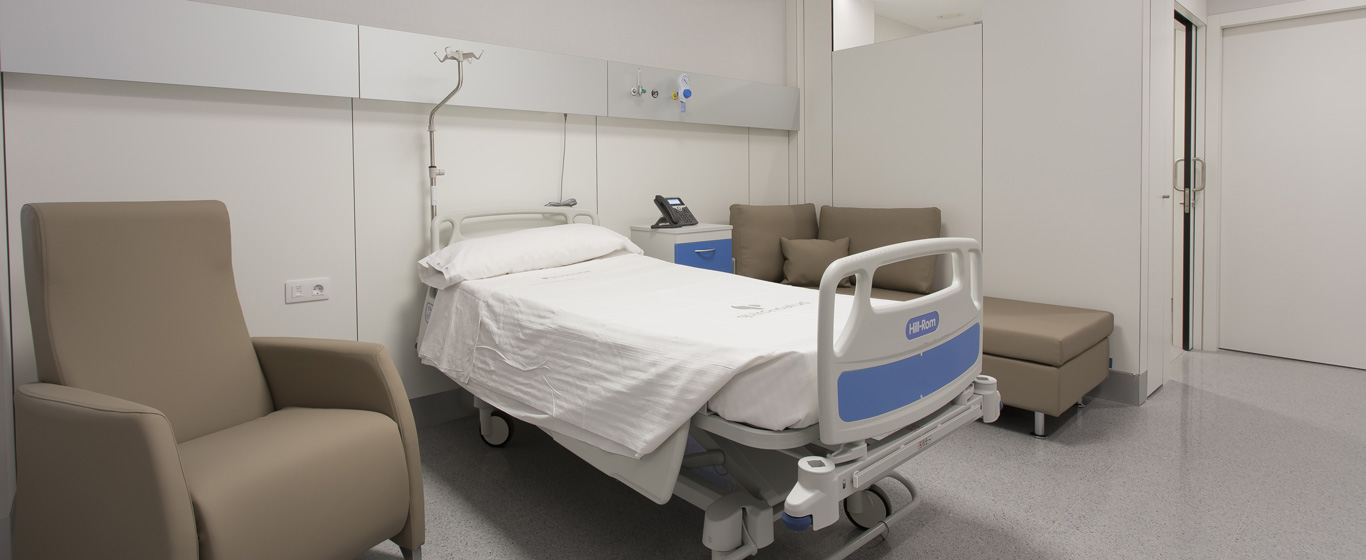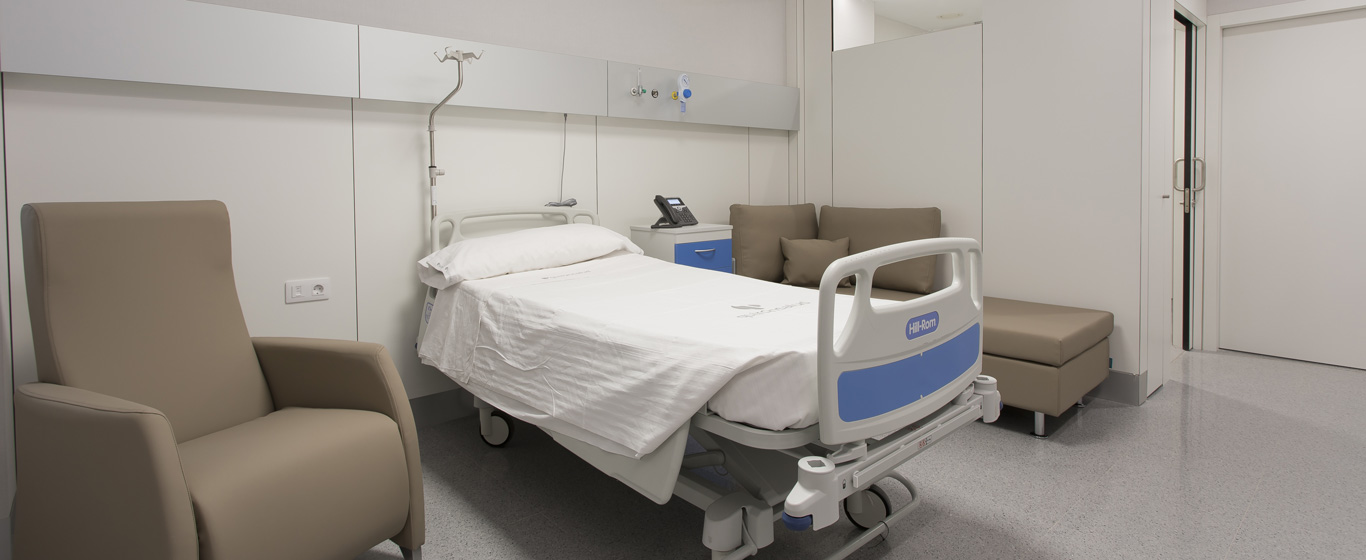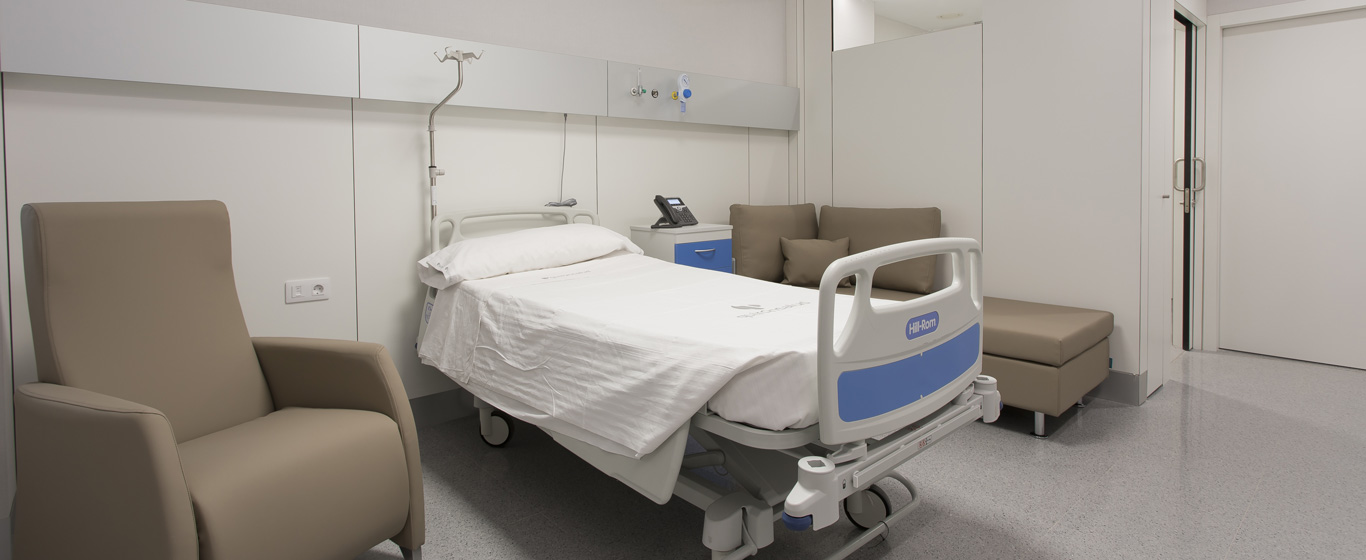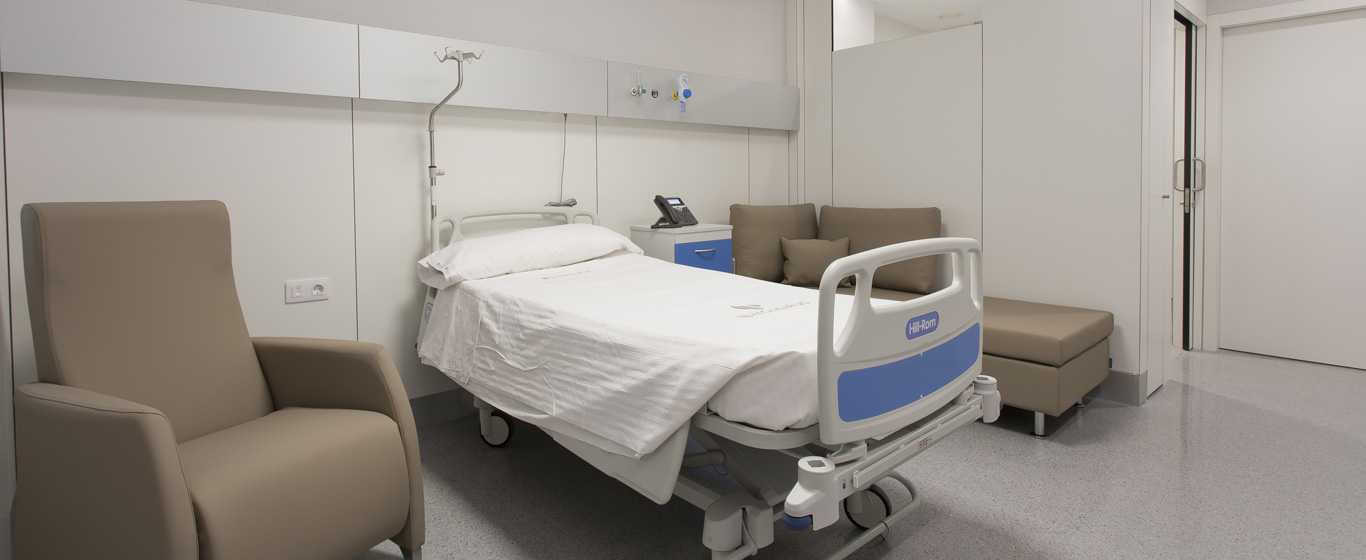Schirmer Test
The Schirmer test, used in ophthalmology, is designed to determine whether the body produces enough tears to keep the eye sufficiently moist and healthy.

General Description
The Schirmer test measures the amount of tears produced by the eye. Tears help keep the eye hydrated, protected, and nourished, so a deficiency can pose a serious risk to visual health.
Depending on variations in the procedure, there are two types of tests:
- Schirmer Test I: This is the most common. It evaluates the baseline tear production of the eye when at rest.
- Schirmer Test II or Jones Test: This is only indicated in certain cases. It measures tear production when the trigeminal nerve is stimulated by exciting the nasal mucosa.
This technique is essential for diagnosing dry eye syndrome but also helps identify other conditions, such as tear duct obstructions or Sjögren’s syndrome (an autoimmune disease that destroys the glands responsible for producing saliva and tears). Additionally, the Schirmer test is useful for monitoring the progression of these conditions when the patient is undergoing treatment.
The Schirmer test is often performed alongside other tests that assess the quality of the tear film, such as fluorescein staining.
When is it indicated?
A Schirmer test is recommended when a patient exhibits symptoms of tear deficiency, including itching, burning, stinging, redness, or a constant sensation of having a foreign object in the eye.
It is also indicated for patients diagnosed with Sjögren’s syndrome or other visual disorders that affect eye lubrication.
How is it performed?
To perform the Schirmer test, the patient sits facing forward with their head straight. The following steps are then taken:
- A strip of blotting paper with a printed ruler on one side is prepared.
- One end of the strip is placed inside the lower eyelid, at the edge of the conjunctival sac.
- The patient closes their eyes and remains still for about five minutes or until the strip becomes moist.
- The strip is carefully removed.
In Schirmer Test II, topical anesthesia is used. Once it takes effect, a swab is inserted into the nose to stimulate the nasal mucosa and trigger the tear reflex. The waiting time is also five minutes.
Once the blotting paper strip is removed, the results are read:
- Schirmer Test I: A normal value is when the tears have moistened more than 10 millimeters of the strip. If it is less than this, the result is considered positive for dry eye.
- Schirmer Test II: A normal measurement is more than 15 millimeters; if it is lower, there may be a trigeminal nerve dysfunction.
Risks
The Schirmer test is safe, but it is contraindicated in patients with ulcers or infections.
In rare cases, an allergic reaction or hypersensitivity to the anesthesia may occur.
What to expect from a Schirmer test
The Schirmer test is an outpatient procedure, after which patients can immediately resume their normal activities.
It is typically performed in a dimly lit room to promote patient relaxation. Once seated, the specialist carefully places the strip in the eye. At this point, the patient may feel slight discomfort due to having a foreign object in the eye, but it is neither painful nor harmful.
For Schirmer Test II, the patient tilts their head back while the specialist applies two or three drops of anesthetic eye drops. After remaining in this position for a few seconds, the patient can sit up and wait five to ten minutes for the anesthesia to take effect.
Results are read immediately, so during the same consultation, the patient receives a diagnosis, treatment plan, or request for additional tests.
Specialties that request the Schirmer test
The Schirmer test is primarily an ophthalmology procedure. However, immunologists may also request it to monitor patients with autoimmune diseases, and neurologists may use it to assess brain injuries affecting facial muscles.
How to prepare
In the hours before the Schirmer test, topical medications and artificial tears should be discontinued. Additionally, the test must be attended without contact lenses.


































































































